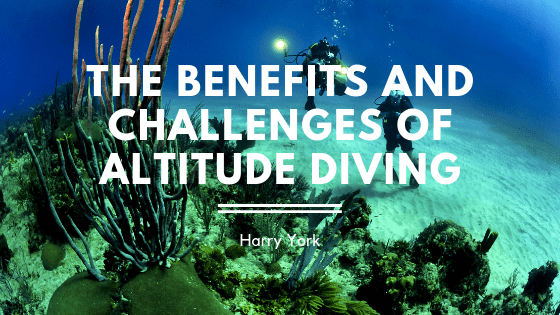
High altitude diving is one of the breathtaking adventures of all time that offers an unparalleled experience. Since dive planning tables and computers are for sea level, many high altitude dive sites remain virtually untouched. While scuba diving in general can be highly beneficial to an individual's mental health and even social awareness, the technical complexities of diving at altitude add an element of satisfaction and accomplishment. Because of the lower ambient air pressure changes nitrogen absorption and decompression limits, divers must have proper training to avoid the risk of decompression illness. Staying within the proper limits, altitude diving is quite thrilling.
Benefits of high altitude diving
One of the key benefits of high altitude diving is that it opens diving options few other divers have experienced. For divers living at higher elevations, it may provide access much closer to home. For example, one PADI statistic suggests that Boulder Colorado has the highest concentration of certified divers in the United States. They would typically need to fly to a coastal area to go diving, but altitude diving opens hundreds of possibilities virtually in their backyard.
High altitude diving also boosts self-confidence, trust, and self-esteem because it requires
additional training and skill. Varying temperatures at depth require divers to become experts in buoyancy control with different types of exposure suits. Preparing for high altitude diving requires expertise with dive computers or planning tables in order to compensate for changes in ambient air pressure. For an added measure of safety, most altitude diving experts encourage divers to keep altitude dives short and shallow.
Challenges of high altitude diving
High altitude diving is also known to have some serious dangers and challenges, especially in the upper 30 feet of water because of differing nitrogen absorption rates depending on the depth of the dive and the altitude. For this reason, most experts advise a longer safety stop the higher the altitude or deeper the dive. Altitude diving can be risky, and precise dive planning with a wide margin for error is essential.
Lastly, knowing the limits of one’s equipment is critical. For example, some high altitude lakes can be 40 degrees or even colder. Some recreational regulators have temperature limits of 50 degrees or warmer. Diving with equipment not suited for the environment can have catastrophic consequences.

